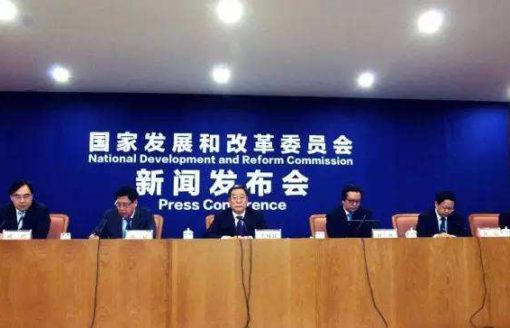First reported in 2013, President Xi Jinping’s Belt and Road Initiative guarantees, at any rate, to enhance infrastructure and connectivity between China and whatever is left of Eurasia. Any striking intend to fund infrastructure on a large-scale crosswise over such a significant number of low-income economies merits a thoughtful ear and a positive gathering. Be that as it may, many think about how huge the job can be for non-Chinese players in what is plainly an initiative of the Chinese government.
Up until now, Chinese state and policy banks account for the overwhelming majority of the financing – and this money then flows to Chinese enterprises, mainly state-owned. One investigation found that 89% of the work went to Chinese contractors on China-funded activities.
Belt and Road can accomplish more prominent scale if extra financing comes in close by the present Chinese state and policy bank lending. This can come both by cooperating with multilateral institutions and with private segment organizations. This will thusly require defining projects or organizing financing with attractive risk return trade-offs. Sometimes, this will be feasible – in others not.
Getting larger likewise requires starting important Belt and Road action in more countries. As the Belgrade– Budapest rail encounter has appeared, approaches shift as far as aggressive offering necessities and thought of non-Chinese bidders. An approach that works in, say, Tajikistan, may not be compelling in Poland. This is a down to earth acknowledgment of setting that is very separate from discussions on what the ‘right’ way to deal with these principles ought to be. Both these components propose that a more open Belt and Road will be a bigger and more extensive one.





我国前10个月实际使用外资逾7000亿 保持稳定增长